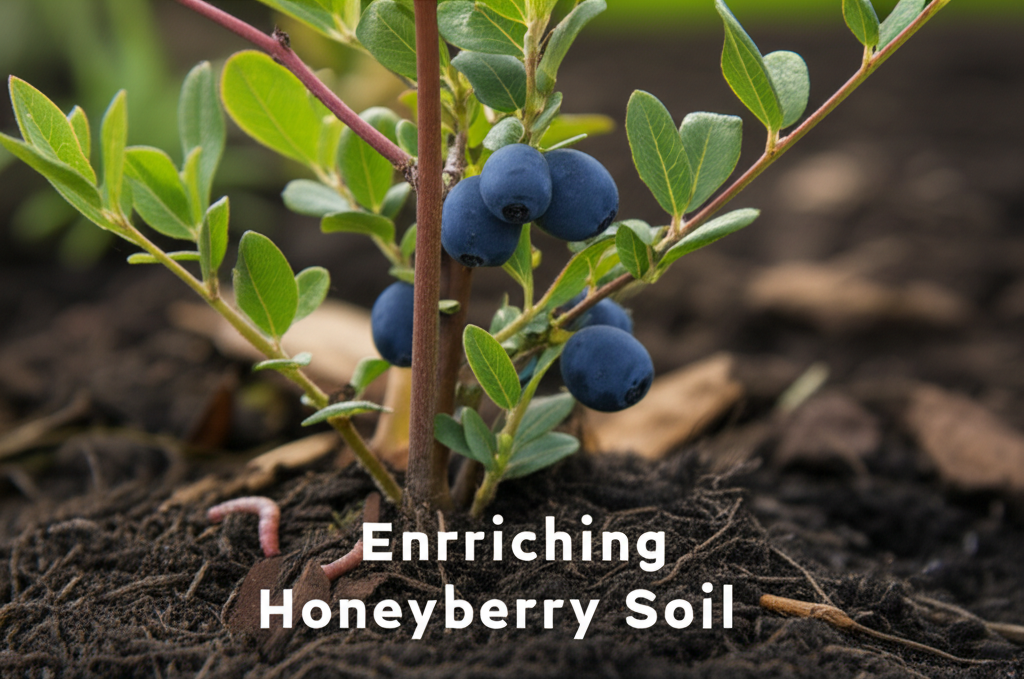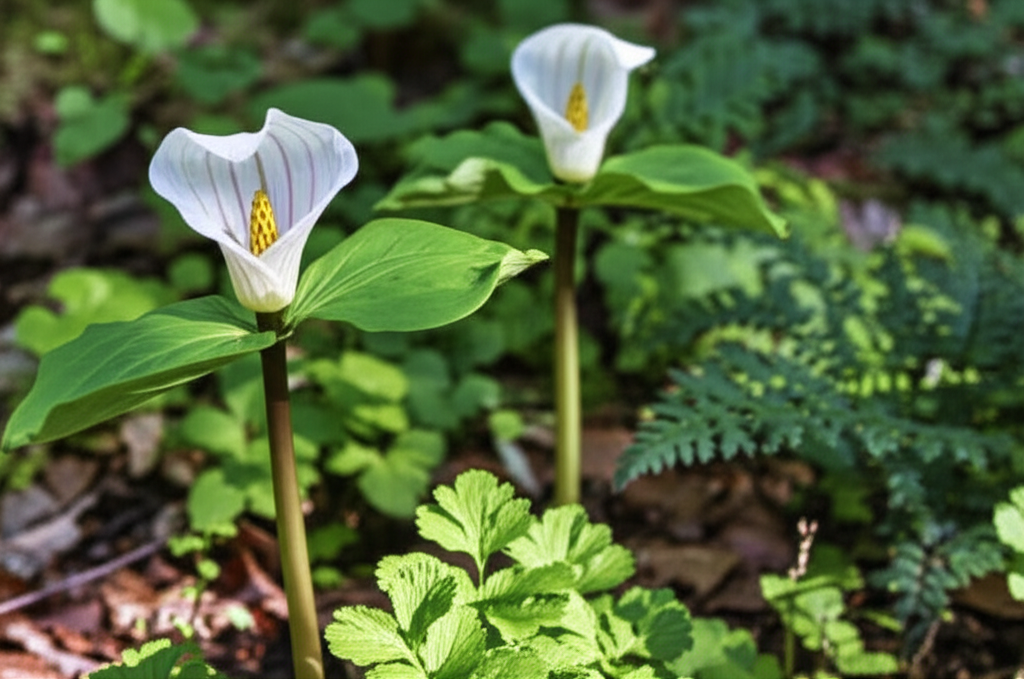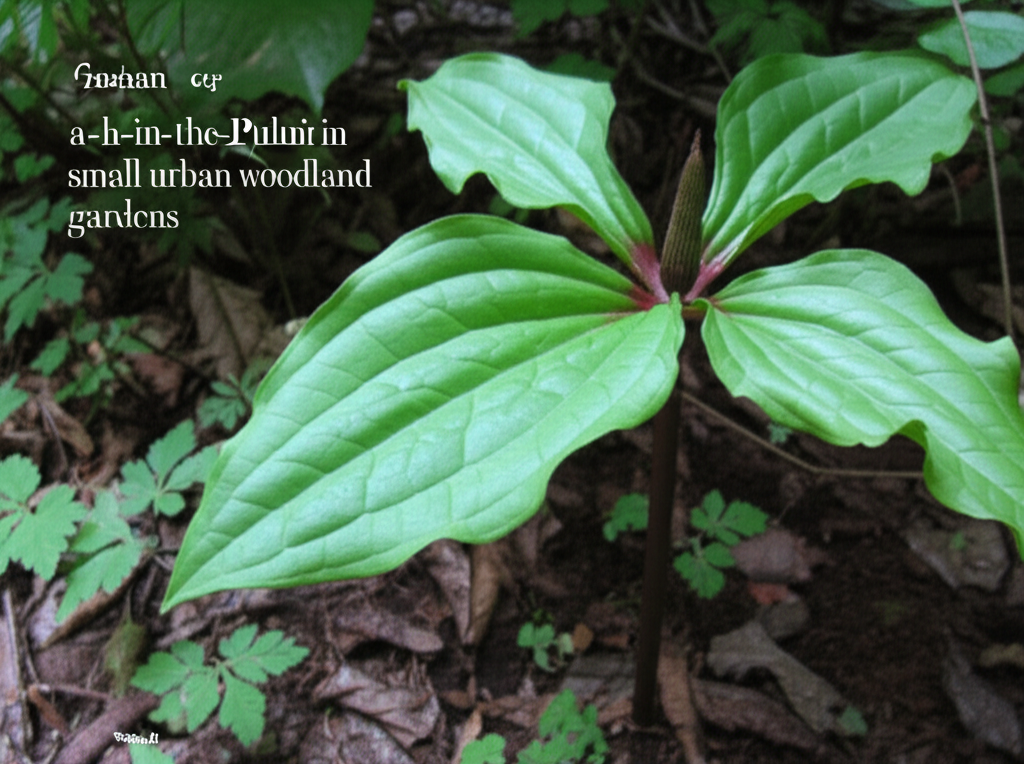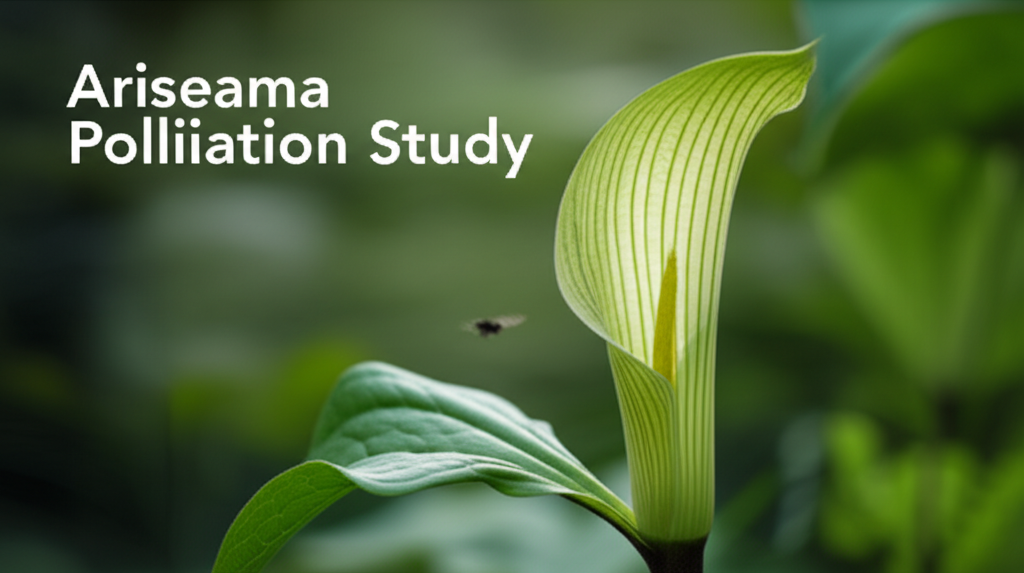Understanding Honeyberry Soil Preferences
Honeyberry shrubs, scientifically known as Lonicera caerulea var. kamtschatica, are gaining popularity for their delicious, nutrient-rich berries. To maximize their yield and health, understanding their specific soil requirements is paramount. Unlike some other fruiting shrubs that tolerate a wide range of conditions, honeyberries thrive in a particular environment that supports robust growth and abundant fruit production.
Ideal Soil pH for Honeyberries
One of the most critical factors for successful honeyberry cultivation is soil pH. Honeyberries prefer slightly acidic to neutral soil. The ideal pH range is generally between 5.5 and 6.5. Soils that are too alkaline can lead to nutrient deficiencies, particularly iron and manganese, which manifest as chlorosis (yellowing of leaves with green veins). Conversely, while they tolerate slightly acidic conditions, excessively low pH (highly acidic) can hinder nutrient uptake and stunt growth. Regular soil testing is the best way to determine your soil’s current pH and guide your amendment strategy.
Soil Texture and Drainage
Honeyberries also have specific preferences regarding soil texture and drainage. They perform best in well-draining soil. Heavy clay soils that retain excessive moisture can lead to root rot, a common problem for many plants, including honeyberries. Conversely, sandy soils can drain too quickly, leading to rapid drying and insufficient water retention for optimal growth. A loamy soil, which is a balanced mix of sand, silt, and clay, is often considered ideal, offering good drainage while retaining adequate moisture and nutrients.
Organic Matter Content
A rich supply of organic matter is fundamental for healthy honeyberry plants. Organic matter improves soil structure, enhances water retention, promotes beneficial microbial activity, and provides a slow-release source of essential nutrients. Incorporating ample organic matter into the planting bed and maintaining it through mulching significantly contributes to the vigor and productivity of your honeyberry shrubs.
Key Soil Enrichment Techniques
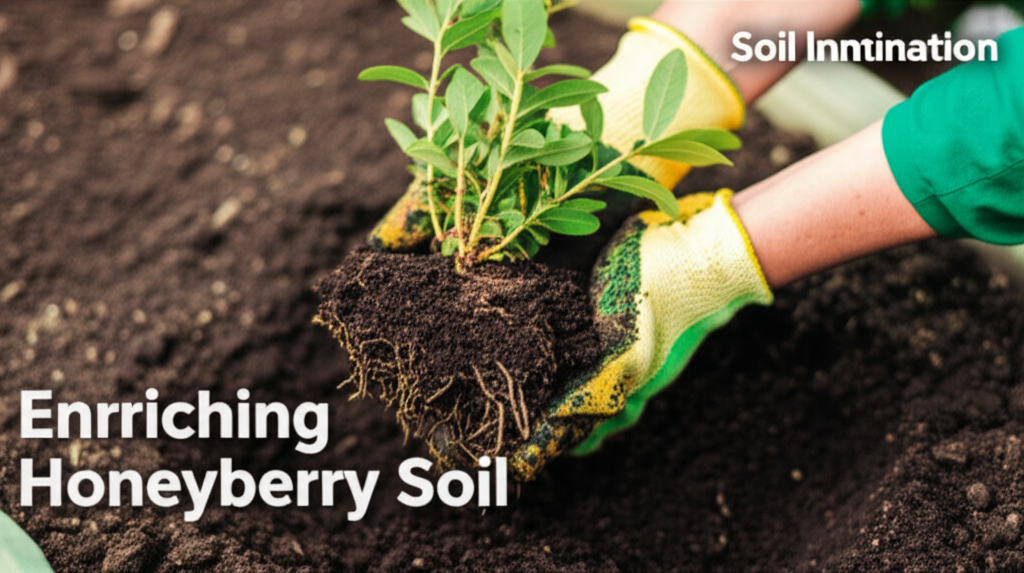
Achieving the ideal soil conditions for honeyberries involves a proactive approach to soil amendment. This section delves into the most effective techniques to enrich your soil, setting the stage for thriving plants and a generous harvest.
1. Incorporating Organic Matter
This is arguably the most impactful soil enrichment technique for honeyberries. Organic matter acts as a universal soil conditioner.
- Compost: Well-rotted compost is a gardener’s best friend. It improves soil structure, aeration, drainage, and water retention, while also supplying a broad spectrum of nutrients. Aim for compost that is dark, crumbly, and smells earthy.
- Aged Manure: Composted animal manure (cow, horse, chicken) is a nutrient-rich amendment. It’s crucial to use well-aged or composted manure, as fresh manure can be too potent and “burn” plant roots due to its high nitrogen content and salt levels.
- Leaf Mold: Decomposed leaves create a valuable soil amendment that improves soil structure and water-holding capacity. It’s particularly good for sandy soils.
- Peat Moss or Coconut Coir: These can be used to improve water retention and acidity, especially in soils that tend to be alkaline or drain too quickly. However, consider the sustainability of peat moss. Coconut coir is a more sustainable alternative.
2. Adjusting Soil pH
If your soil test reveals a pH outside the ideal range, targeted amendments are necessary.
- Lowering pH (Making it More Acidic): If your soil is too alkaline, you can lower the pH by adding elemental sulfur. Apply it according to soil test recommendations, as it takes time for sulfur to work. Organic matter, such as peat moss or pine bark, can also contribute to lowering pH over time.
- Raising pH (Making it More Alkaline): If your soil is too acidic, you can raise the pH by adding agricultural lime (calcium carbonate) or dolomitic lime (containing magnesium). Again, follow soil test recommendations precisely, as over-liming can cause its own set of problems.
3. Improving Soil Structure and Drainage
For soils that are heavy clay or overly sandy, specific amendments can improve their physical properties.
- For Heavy Clay Soils: Incorporate coarse sand, perlite, or generous amounts of organic matter (compost, aged manure). These will help break up the dense clay particles, improving aeration and drainage. Raised beds can also be an excellent solution for heavy clay soils.
- For Sandy Soils: Add plenty of compost, aged manure, or peat moss. These amendments will increase the soil’s ability to hold moisture and nutrients.
Pre-Planting Soil Preparation: Laying the Foundation
Effective soil enrichment begins before you even plant your honeyberry shrubs. Proper preparation ensures that the young plants have the best possible start, leading to stronger establishment and more vigorous growth.
Conducting a Soil Test
The first and most crucial step in preparing your honeyberry planting site is to conduct a comprehensive soil test. This test will provide vital information about your soil’s:
- pH level: Essential for determining if pH adjustment is needed.
- Nutrient content: Identifies deficiencies or excesses of macronutrients (Nitrogen, Phosphorus, Potassium) and micronutrients.
- Organic matter content: Indicates how much organic material needs to be added.
- Cation Exchange Capacity (CEC): Measures the soil’s ability to hold onto positively charged nutrients, an indicator of soil fertility.
Soil test kits are readily available from local agricultural extension offices, university laboratories, or garden supply stores. Follow the sampling instructions carefully to ensure accurate results.
Amending the Planting Bed
Once you have your soil test results, you can begin amending the planting area. It is generally recommended to amend a wider area than just the planting hole, as honeyberry roots spread extensively. Aim to incorporate amendments into the top 8-12 inches of soil.
Table 1: Pre-Planting Soil Amendment Guide
| Amendment Type | Purpose | Application Rate (per 100 sq ft) | Notes |
| :—————— | :————————————— | :——————————- | :——————————————————————————————————- |
| Compost | Improve structure, fertility, moisture | 2-4 cubic feet | Mix thoroughly into the top 8-12 inches. |
| Aged Manure | Nutrient boost, organic matter | 1-2 cubic feet | Ensure it’s well-composted to avoid root burn. |
| Elemental Sulfur| Lower pH (if too alkaline) | As per soil test recommendations | Takes time to work; apply several months before planting if possible. |
| Agricultural Lime| Raise pH (if too acidic) | As per soil test recommendations | Apply with caution; over-liming can be detrimental. |
| Coarse Sand | Improve drainage in clay soils | 1-2 cubic feet | Use sparingly; too much can create a concrete-like effect. |
| Peat Moss | Improve moisture retention, acidity | 1-2 cubic feet | Can be difficult to re-wet if allowed to dry out completely. Consider sustainability. |
| Coconut Coir | Improve moisture retention, aeration | 1-2 cubic feet | Sustainable alternative to peat moss; re-wets easily. |
Incorporating Amendments
The best way to incorporate amendments is to spread them evenly over the planting area and then till or dig them into the soil. A garden fork or rototiller can be used for this purpose. Aim for a uniform distribution of the amendments throughout the intended root zone.
Ongoing Soil Enrichment and Maintenance
Soil enrichment is not a one-time event. To ensure your honeyberry shrubs continue to thrive and produce year after year, ongoing maintenance and replenishment of soil nutrients are essential.
Mulching: The All-Season Soil Conditioner
Mulching is a critical practice for honeyberry health and soil enrichment. A 2-3 inch layer of organic mulch around the base of the shrubs, kept a few inches away from the main stem, offers numerous benefits:
- Moisture Retention: Reduces evaporation, keeping the soil consistently moist.
- Temperature Regulation: Keeps the soil cooler in summer and warmer in winter, protecting roots from extreme fluctuations.
- Weed Suppression: Reduces competition for water and nutrients.
- Soil Improvement: As organic mulches decompose, they add valuable organic matter to the soil, further enriching it.
Suitable organic mulches include:
- Wood chips or shredded bark
- Straw
- Composted leaves
- Pine needles
Fertilization Strategies
While rich organic matter is the primary source of nutrients, supplemental fertilization may be necessary, especially as plants mature or if soil tests indicate deficiencies.
- Timing: The best time to fertilize honeyberries is in early spring, just as new growth begins. A second, lighter application can be made in late spring or early summer if needed, but avoid late-season fertilization, which can stimulate tender new growth susceptible to frost damage.
- Type of Fertilizer: A balanced, slow-release fertilizer (e.g., 10-10-10 or similar) is generally suitable. Organic fertilizers like fish emulsion, blood meal, or bone meal can also be used, providing a gentler nutrient release.
- Application: Broadcast the fertilizer evenly around the drip line of the shrub (the area under the outermost branches) and gently work it into the top inch of soil. Avoid direct contact with the shrub’s trunk.
Cover Cropping and Green Manures
For larger plantings or as a strategy for improving soil over the long term, consider cover cropping. Planting specific crops in the off-season or in areas between rows and then tilling them into the soil before they go to seed (known as green manuring) can significantly enhance soil fertility, structure, and organic matter content.
Beneficial cover crops for honeyberries include:
- Legumes (e.g., clover, vetch): These fix atmospheric nitrogen into the soil, acting as a natural fertilizer.
- Grasses (e.g., rye, oats): These help improve soil structure, prevent erosion, and add organic matter.
- Buckwheat: Known for its ability to suppress weeds and scavenge phosphorus from the soil.
Addressing Nutrient Deficiencies
If your soil tests reveal specific nutrient deficiencies, targeted amendments can be applied.
- Nitrogen (N): Typically indicated by pale green or yellowing leaves. Add compost, aged manure, blood meal, or a balanced fertilizer.
- Phosphorus (P): Essential for root development and flowering. Bone meal or a phosphorus-rich fertilizer can be used if deficient.
- Potassium (K): Important for overall plant health and disease resistance. Wood ashes (in moderation, as they also raise pH) or potassium sulfate can be applied.
- Micronutrients (Iron, Manganese): Often indicated by chlorosis. Chelated iron or manganese can be applied as foliar sprays or soil drenches to address these deficiencies quickly.
Soil Enrichment: Pros and Cons, and Key Considerations
Making informed decisions about soil enrichment involves weighing the benefits against potential drawbacks and understanding specific nuances.
Table 2: Honeyberry Soil Enrichment Techniques: Pros and Cons
| Technique | Pros | Cons | Key Considerations |
| :————————— | :————————————————————————————————– | :—————————————————————————————————— | :————————————————————————————————————- |
| Incorporating Organic Matter (Compost, Manure) | Improves soil structure, fertility, water retention, aeration; supports microbial life. | Can be labor-intensive to source and incorporate; requires well-composted materials. | Use well-rotted materials; mix thoroughly; continuous addition is beneficial. |
| pH Adjustment (Sulfur, Lime) | Corrects pH imbalances, ensuring nutrient availability. | Over-application can cause damage; takes time to show effects; requires accurate soil testing. | Follow soil test recommendations strictly; apply gradually over time. |
| Mulching | Retains moisture, regulates temperature, suppresses weeds, adds organic matter as it decomposes. | Can harbor pests if too thick; can retain too much moisture if not managed properly. | Maintain a 2-3 inch layer; keep away from the trunk; choose organic mulches. |
| Cover Cropping/Green Manure | Enhances fertility, improves soil structure, prevents erosion, adds organic matter. | Requires planning and space; can compete with main crops if not managed correctly. | Choose appropriate crops for your climate and soil type; till in at the right stage of growth. |
| Supplemental Fertilization | Addresses specific nutrient deficiencies quickly; supports vigorous growth. | Over-fertilization can lead to root burn, nutrient imbalances, and environmental pollution. | Use slow-release or organic fertilizers; apply at the correct time and rate; always test soil first. |
| Improving Drainage (Clay Soil) | Prevents root rot, improves aeration. | Can be challenging and costly for large areas; over-sanding can be counterproductive. | Raised beds are often the most effective solution for severe clay issues. |
| Improving Moisture Retention (Sandy Soil) | Prevents rapid drying, enhances nutrient availability. | Requires consistent addition of organic matter. | Use a combination of compost and moisture-retentive materials. |
Long-Term Soil Health
Focusing on building healthy soil through organic amendments is a long-term investment. Healthy soil acts like a sponge, absorbing water, releasing nutrients slowly, and supporting a diverse ecosystem of beneficial microorganisms. This approach reduces the reliance on synthetic fertilizers and creates a more resilient and productive environment for your honeyberry shrubs.
Observation and Adaptation
Regularly observe your honeyberry plants for signs of stress, nutrient deficiencies (leaf discoloration, stunted growth), or pest and disease issues. These observations, combined with periodic soil testing, will help you adapt your soil enrichment strategies as needed, ensuring your honeyberry patch remains vibrant and productive for years to come.
Conclusion
The journey to cultivating abundant honeyberry harvests begins with a deep understanding of their soil needs. By prioritizing the incorporation of organic matter, meticulous pH management, and consistent, thoughtful maintenance, you can transform your soil into a fertile foundation that supports vigorous growth and exceptional fruit production. Embracing these expert soil enrichment techniques will not only yield more delicious berries but also contribute to the overall health and longevity of your honeyberry shrubs, creating a truly rewarding gardening experience.
html
<h2>Honeyberry Shrub Soil Enrichment: Key Facts/Comparison</h2>
<table>
<thead>
<tr>
<th>Enrichment Technique</th>
<th>Primary Benefit</th>
<th>Application Method</th>
<th>Decomposition Rate</th>
<th>Nutrient Release</th>
<th>Impact on Soil pH</th>
</tr>
</thead>
<tbody>
<tr>
<td>Compost</td>
<td>Improved soil structure, water retention, and slow-release nutrients.</td>
<td>Top dressing or mixing into soil.</td>
<td>Moderate to Fast</td>
<td>Balanced (N-P-K, micronutrients)</td>
<td>Slightly acidic to neutral, depending on source materials.</td>
</tr>
<tr>
<td>Aged Manure (e.g., cow, chicken)</td>
<td>Rich in nitrogen and other essential nutrients.</td>
<td>Well-rotted and mixed into soil before planting or as a top dressing.</td>
<td>Moderate</td>
<td>Generally fast, especially nitrogen.</td>
<td>Can be slightly acidic or alkaline, depending on the animal.</td>
</tr>
<tr>
<td>Leaf Mold</td>
<td>Excellent soil conditioner, improves aeration and water retention.</td>
<td>Top dressing or incorporated into the soil.</td>
<td>Slow</td>
<td>Low, primarily organic matter.</td>
<td>Slightly acidic.</td>
</tr>
<tr>
<td>Cover Crops (e.g., legumes)</td>
<td>Nitrogen fixation, weed suppression, and soil structure improvement.</td>
<td>Planted and tilled into the soil before honeyberry planting or between rows.</td>
<td>Varies (fast when tilled)</td>
<td>Nitrogen (legumes), general organic matter.</td>
<td>Can slightly raise pH (legumes).</td>
</tr>
<tr>
<td>Worm Castings</td>
<td>Highly concentrated nutrients, beneficial microbes, and improved soil structure.</td>
<td>Top dressing or mixed into planting holes.</td>
<td>Fast</td>
<td>Rich in nutrients, readily available.</td>
<td>Generally neutral to slightly alkaline.</td>
</tr>
</tbody>
</table>
<h2>Honeyberry Shrub Soil Enrichment: Steps/Pros-Cons</h2>
<h3>Compost</h3>
<table>
<thead>
<tr>
<th>Step</th>
<th>Description</th>
<th>Pros</th>
<th>Cons</th>
</tr>
</thead>
<tbody>
<tr>
<td>1. Source/Prepare Compost</td>
<td>Use well-rotted, finished compost from kitchen scraps, yard waste, etc.</td>
<td>Readily available, sustainable, improves soil health.</td>
<td>May require significant time to produce or purchase can be costly.</td>
</tr>
<tr>
<td>2. Apply Compost</td>
<td>Spread a 2-4 inch layer around the base of the honeyberry shrub, extending to the drip line. Avoid direct contact with the trunk.</td>
<td>Easy application, provides gradual nutrient release.</td>
<td>Can attract pests if not fully composted, potential for weed seeds if homemade.</td>
</tr>
<tr>
<td>3. Incorporate (Optional)</td>
<td>Lightly work the compost into the top few inches of soil.</td>
<td>Faster nutrient availability, better root interaction.</td>
<td>Can disturb beneficial soil organisms if done too vigorously.</td>
</tr>
</tbody>
</table>
<h3>Aged Manure</h3>
<table>
<thead>
<tr>
<th>Step</th>
<th>Description</th>
<th>Pros</th>
<th>Cons</th>
</tr>
</thead>
<tbody>
<tr>
<td>1. Source/Age Manure</td>
<td>Obtain well-aged (at least 6-12 months) manure from herbivores (cow, horse, rabbit).</td>
<td>High nutrient content, particularly nitrogen.</td>
<td>Must be aged to avoid burning plants or introducing pathogens/weed seeds. Unpleasant odor if not fully composted.</td>
</tr>
<tr>
<td>2. Apply Manure</td>
<td>Mix 1-2 inches of aged manure into the soil before planting or as a side dressing during the growing season.</td>
<td>Boosts growth significantly due to high nitrogen.</td>
<td>Risk of nutrient burn if applied too heavily or not aged. Can alter soil pH.</td>
</tr>
<tr>
<td>3. Water In</td>
<td>Water thoroughly after application.</td>
<td>Helps nutrients dissolve and become available to roots.</td>
<td>Can leach nutrients if overwatered.</td>
</tr>
</tbody>
</table>
<h3>Leaf Mold</h3>
<table>
<thead>
<tr>
<th>Step</th>
<th>Description</th>
<th>Pros</th>
<th>Cons</th>
</tr>
</thead>
<tbody>
<tr>
<td>1. Collect Leaves</td>
<td>Gather fallen leaves (hardwood leaves are best) in the fall.</td>
<td>Free, readily available for many gardeners.</td>
<td>Requires space to decompose and can take 1-2 years to fully break down.</td>
</tr>
<tr>
<td>2. Create Leaf Mold Pile</td>
<td>Pile leaves loosely, moisten, and allow to decompose naturally. Can be enclosed in wire mesh or bags.</td>
<td>Excellent soil conditioner, improves water retention and aeration.</td>
<td>Slow decomposition process, lower nutrient content compared to compost/manure.</td>
</tr>
<tr>
<td>3. Apply Leaf Mold</td>
<td>Spread a layer of finished leaf mold around the base of the shrubs.</td>
<td>Improves soil structure without significant nutrient addition.</td>
<td>May not provide sufficient nutrients for rapid growth.</td>
</tr>
</tbody>
</table>
